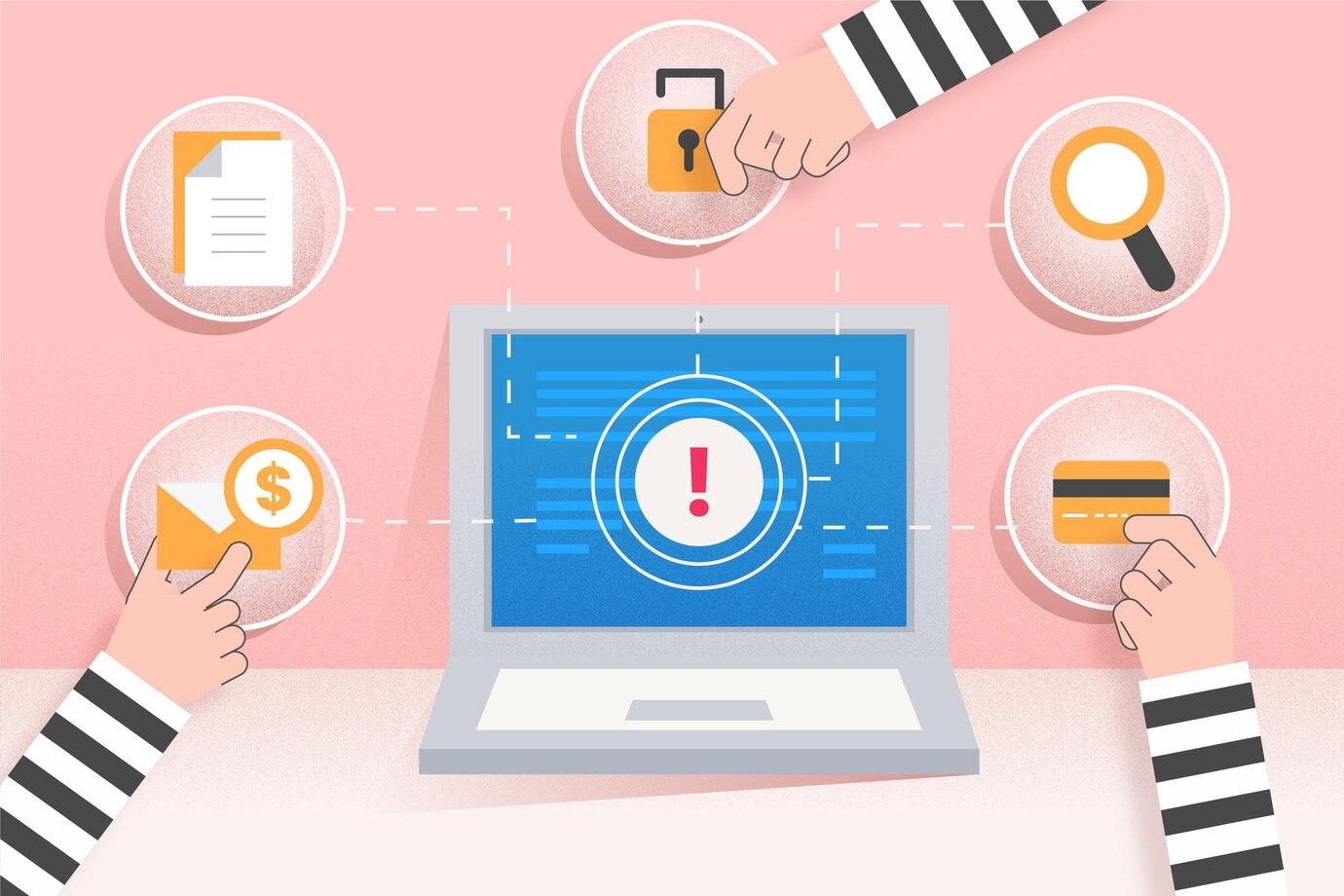In recent years, we have witnessed a rapid growth in the popularity of subscription services. From streaming video to online courses and fitness apps — the choice is truly vast. However, along with this, the risks associated with fraud and unauthorized charges on bank cards have increased.
Subscription Fraud
Subscription fraud is a common problem that affects many users. Companies often use enticing offers to attract customers. However, victims often later find that the subscription turns out to be completely unnecessary, and it's difficult to get a refund. Scammers may use various methods, such as fake websites or counterfeit apps, to mislead you.
One of the most common schemes is offering a free trial period. Many users forget to cancel the subscription after the free period ends, leading to automatic charges on their card. This is a typical trap used to retain customers.

Automatic Card Charges
Automatic charges are one of the most inconvenient aspects of subscription services. Many users are not always aware that subscription services can continue to charge their card even if they have stopped using them. This can happen in several cases:
- Lack of notifications. Users often do not receive proper notifications that their subscription has been renewed or the terms of use have changed.
- Hidden terms. Some companies may include hard-to-read terms in small print that describe recurring charges.
- Difficulty in cancellation. Canceling a subscription may be intentionally complicated — requiring several levels of confirmation.
It's important to remember that if you notice unfamiliar charges on your bank statement, you should act immediately. Contact your bank or financial institution to dispute the transaction.
Scams with Paid Services
There are many services that use deception to take money. For example, fraudulent apps may offer interactive courses or exclusive content but ultimately do not deliver what they promised. They may even use fake reviews and ratings to build trust with potential customers.

How to Recognize Fake Services
There are several signs by which you can identify potential fake services:
- Excessive promises.
- Lack of company information.
- Inability to contact support.
Hidden Online Subscriptions
Hidden subscriptions are another way companies can deceive users. This may happen when you subscribe to one service but actually agree to several additional subscriptions that you do not see. To protect against such situations, it is necessary to carefully read the terms of agreement and check which services you are subscribing to.
As a rule, hidden subscriptions exist solely to extract profit. Some companies use this as a strategy to retain clients. These subscriptions can not only significantly increase overall costs but also complicate the cancellation process, as disabling one subscription may not stop actions on others.

Mobile Subscription Fraud
Mobile subscription fraud is becoming increasingly common. Often, users are unaware that they have subscribed to paid content, such as ringtones or video games, simply by clicking on an unobtrusive ad or landing on a site with hidden links.
How to Avoid Mobile Subscription Risks
There are a few simple methods to avoid losses:
- Use special settings. Many mobile devices offer settings that allow you to block automatic subscriptions.
- Check sources. Before downloading an app, always check its rating and reviews. Do not download apps from unreliable sources.
- Set spending limits. You can set limits on automatic charges through your bank, which will help prevent unexpected expenses.
How to Cancel an Unwanted Subscription
If you have decided that you no longer want to use a service, canceling the subscription should be your next goal. But, as we have discussed, some companies make the cancellation process difficult. Let's go through the steps you should take to cancel a subscription:
- Search for subscription information.
- Follow the instructions.
- Confirm cancellation.
- Check charges.
Financial Subscription Traps
Understanding how financial subscription traps work is an important aspect of protecting your income. Companies may use various methods to attract and retain clients, resulting in users often finding themselves in situations where they continue to pay for services they no longer need.
One of the main points to consider is the lack of transparency. Many subscriptions may seem inexpensive at first glance but add up to large expenses over the year. Tips to avoid financial traps:
- Always read the terms. Before subscribing to a service, carefully read the terms to avoid hidden subscriptions.
- Keep track of your expenses. Regularly check your bank statements for unfamiliar charges.
- Use budgeting. Develop a personal budget that accounts for subscriptions and other regular expenses.

Subscription Service Scams
Subscription service scams can take various forms: from fake apps to phishing sites. Long-term promotional offers can also mislead users. There are many examples where inexperienced users fell into traps by signing up for non-existent services.
One common example is the use of fake «free» apps that actually require payment. Information about such apps is often spread through dubious advertising campaigns or viral messages on social media.
To avoid such scams, only use verified sources and applications. Download apps only from official stores, such as Google Play or the App Store.
Subscription fraud is a serious problem affecting many users. It is necessary to carefully monitor your subscriptions, cancel unnecessary services, and be cautious of automatic charges.
In today's world, it's important to be an informed consumer capable of recognizing deception and protecting your financial interests.
